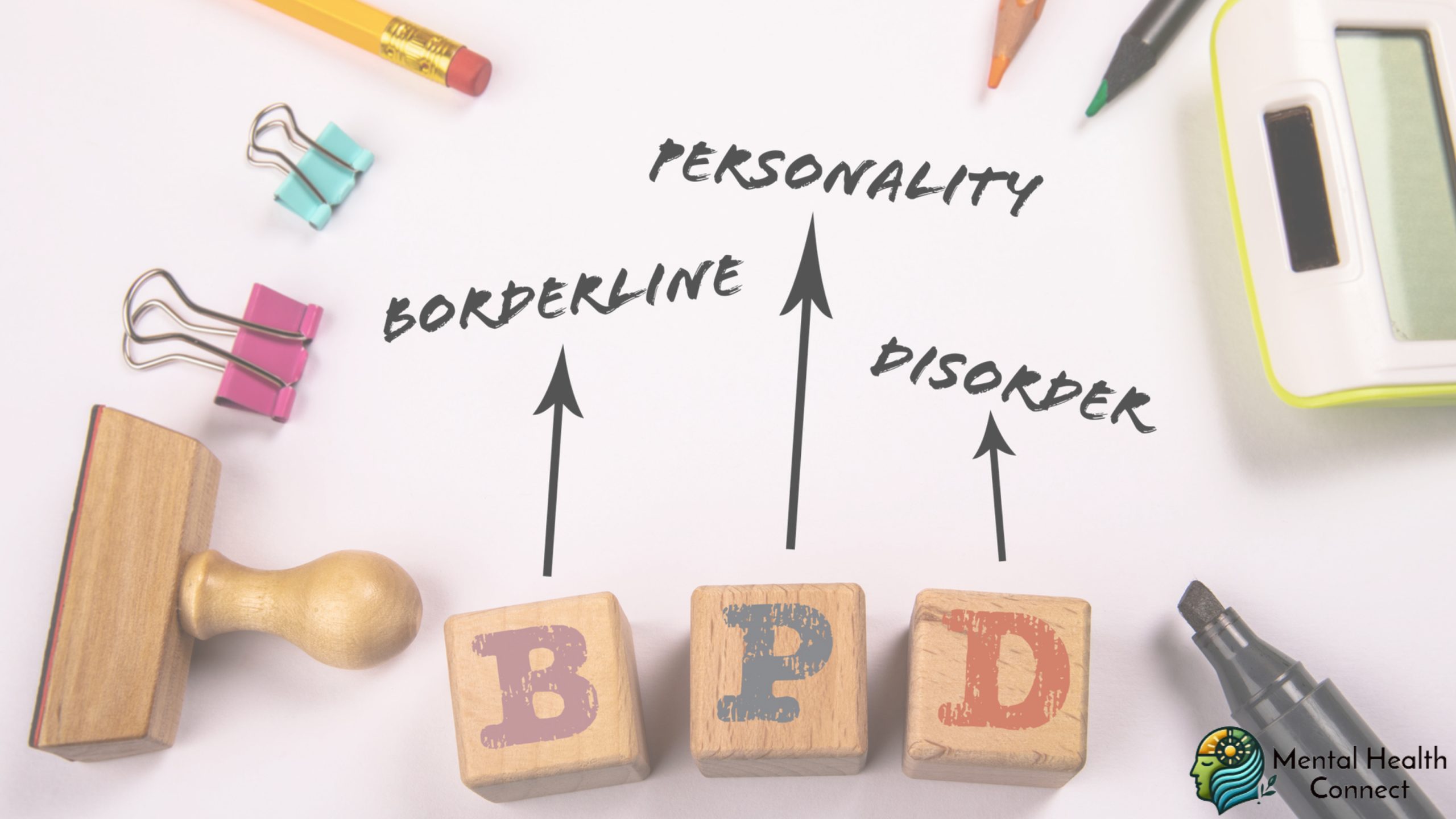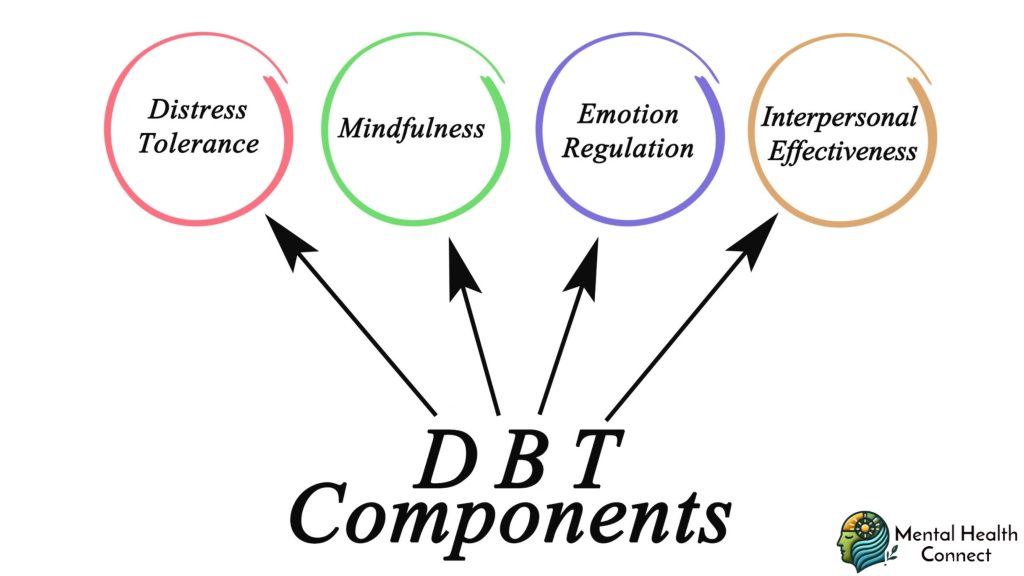Comprehensive Guide to Borderline Personality Disorder Treatment: Options, Approaches, and Recovery

Borderline personality disorder (BPD) treatment has evolved significantly in recent years, offering new hope to those struggling with this complex mental health condition. Effective treatment approaches now combine evidence-based psychotherapies, medication management, and comprehensive support systems to address the multifaceted challenges of BPD. For individuals and families affected by borderline personality disorder, understanding available treatments can make a profound difference in managing symptoms and improving quality of life.
Understanding Borderline Personality Disorder
Borderline personality disorder is characterized by patterns of emotional instability, impulsive behaviors, distorted self-image, and unstable relationships. People with BPD often experience intense fear of abandonment, difficulty regulating emotions, and may engage in self-destructive behaviors.
The condition affects approximately 1.4% of adults, with symptoms typically emerging in early adulthood. While the exact cause remains unclear, research suggests a combination of genetic, neurobiological, and environmental factors contribute to its development.
Evidence-Based Psychotherapies for BPD

Dialectical Behavior Therapy (DBT)
Dialectical Behavior Therapy stands as the gold standard treatment for BPD. Developed specifically for this condition by psychologist Marsha Linehan, DBT combines cognitive-behavioral techniques with mindfulness practices.
DBT typically includes:
- Individual therapy sessions
- Group skills training classes
- Phone coaching for crisis situations
Research shows that DBT significantly reduces self-harming behaviors, suicidal thoughts, and hospitalization rates among people with BPD.
Schema Therapy
Schema Therapy focuses on identifying and addressing early maladaptive schemas deeply ingrained patterns of thinking that develop during childhood. For individuals with BPD, these schemas often revolve around abandonment, mistrust, and defectiveness.
Studies show that after three years of Schema Therapy, nearly half of participants no longer meet the diagnostic criteria for BPD.
Mentalization-Based Treatment (MBT)
Mentalization is the capacity to recognize and interpret both one’s own thoughts and emotions, as well as those of others. People with BPD often struggle with this capacity, particularly during emotional distress.
MBT helps individuals recognize their thoughts and feelings, consider alternative perspectives, and reduce emotional reactivity through individual and group therapy sessions.
Transference-Focused Psychotherapy (TFP)
TFP examines how past relationship patterns manifest in current relationships. By exploring these patterns in a safe environment, individuals can develop a more integrated sense of self and others.
Research suggests that TFP may be particularly effective in addressing identity disturbance and interpersonal functioning in BPD.
Medication Management in BPD Treatment

While no medications are FDA-approved specifically for BPD, certain medications can help manage specific symptoms. Medication is typically used as an adjunct to psychotherapy rather than as a standalone treatment.
Common medications prescribed include:
- Antidepressants for comorbid depression and anxiety
- Mood stabilizers to reduce impulsivity and emotional instability
- Low-dose antipsychotics for cognitive distortions
- Short-term anti-anxiety medications (prescribed cautiously)
Medication management requires careful monitoring by a psychiatrist experienced in treating BPD, as some individuals may be at higher risk for medication abuse.
Residential Treatment for Borderline Personality Disorder
For those with severe symptoms or who haven’t responded to outpatient care, residential treatment programs offer intensive, structured support. Clients with BPD usually require this level of care when they have:
- Multiple failed outpatient treatments
- Chronic suicidal ideation or self-harm
- Co-occurring conditions
- Limited support systems at home
- Need for medication stabilization
Residential treatment for borderline personality disorder provides:
- 24/7 professional support
- Structured daily routines
- Multiple therapy modalities
- Skill-building activities
- Peer support
- Medication management
- Aftercare planning
These programs typically last 30-90 days, though some may extend longer depending on individual needs.
The Therapeutic Relationship and BPD

The therapeutic alliance is especially crucial in BPD treatment. Effective therapists working with BPD:
- Maintain appropriate boundaries without being rigid
- Respond to emotional crises without reinforcing destructive behaviors
- Validate feelings while encouraging adaptive responses
- Demonstrate reliability and consistency
Research consistently shows that the quality of the therapeutic relationship is one of the strongest predictors of positive outcomes in BPD treatment.
Family Involvement in BPD Treatment
Family members often play a crucial role in supporting recovery. Many treatment programs include:
- Family psychoeducation about BPD
- Communication skills training
- Setting appropriate boundaries
- Managing crisis situations
- Support groups for family members
Family Connections, a 12-week program developed by the National Education Alliance for BPD, has shown significant benefits for family members, including reduced burden and increased empowerment.
Recovery and Long-Term Outlook
Despite its reputation as a challenging condition, research demonstrates that recovery from BPD is not only possible but common. A landmark longitudinal study found that:
- 78% of patients achieved remission within eight years
- 70% maintained recovery without relapse
Recovery typically occurs gradually, with different symptoms improving at different rates.
Frequently Asked Questions About BPD Treatment
How long does BPD treatment typically take?
BPD treatment is usually a long-term process. Most evidence-based treatments initially run for 6-12 months, but many individuals benefit from ongoing maintenance therapy. Full recovery often takes several years of active engagement in treatment.
What should I look for in a therapist who treats BPD?
Look for therapists with specific training in evidence-based treatments for BPD and experience working with the disorder. The therapeutic relationship is crucial, so finding someone you feel comfortable with is important.
Is BPD treatable without medication?
Yes, BPD can be treated without medication. Psychotherapy remains the primary treatment, and many people achieve significant improvement through therapy alone. Medication may be helpful for specific symptoms but is not required for successful treatment.
What role does self-help play in BPD recovery?
Self-help strategies can significantly complement professional treatment, including mindfulness meditation, journaling, physical exercise, and peer support groups. However, self-help works best when combined with professional treatment rather than as a replacement.
Final Phrase
Borderline personality disorder treatment has made remarkable advances in recent decades, offering real hope for recovery. From specialized psychotherapies to comprehensive residential programs, treatment options continue to expand and improve. With proper support, commitment, and evidence-based approaches, significant improvement and even full recovery from borderline personality disorder are achievable goals for many individuals.
-
 How to Support Someone with OCDApril 17, 2025
How to Support Someone with OCDApril 17, 2025 -


Leave a Reply